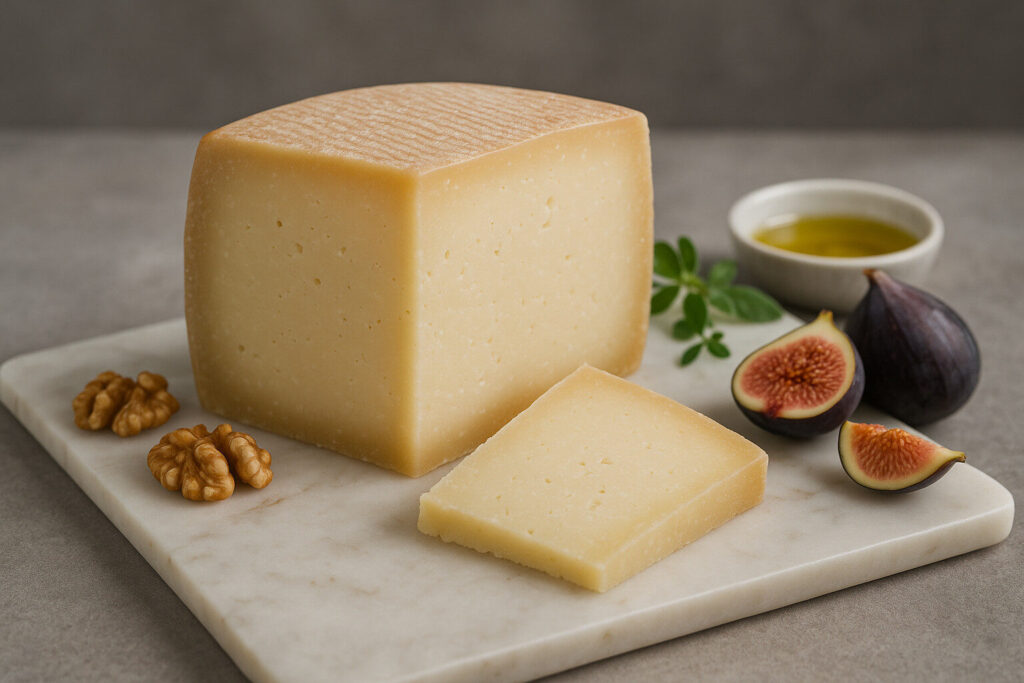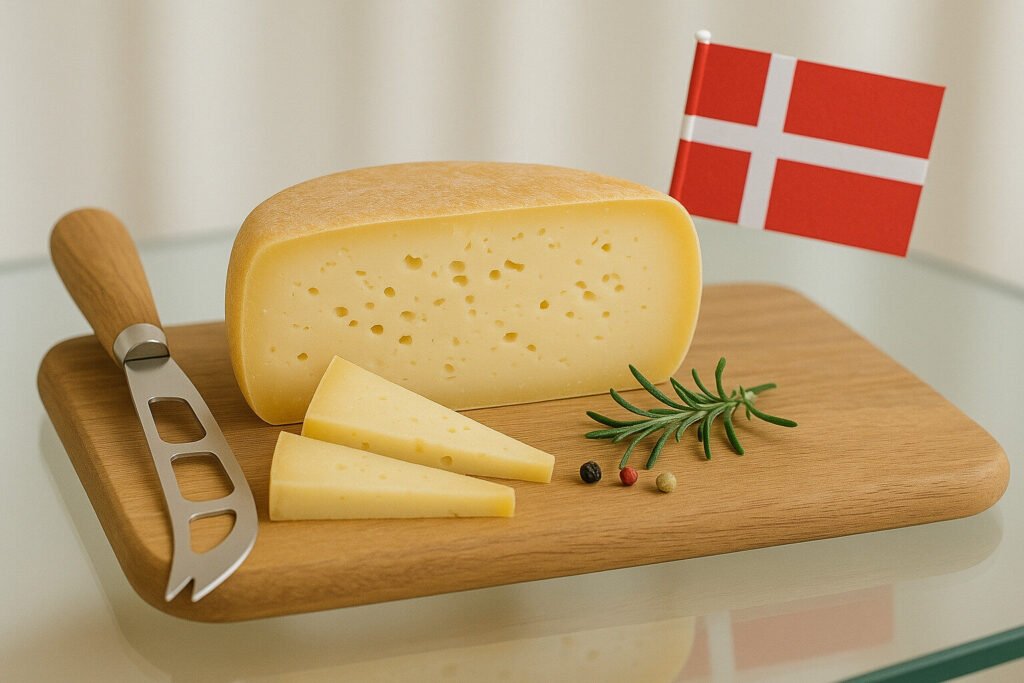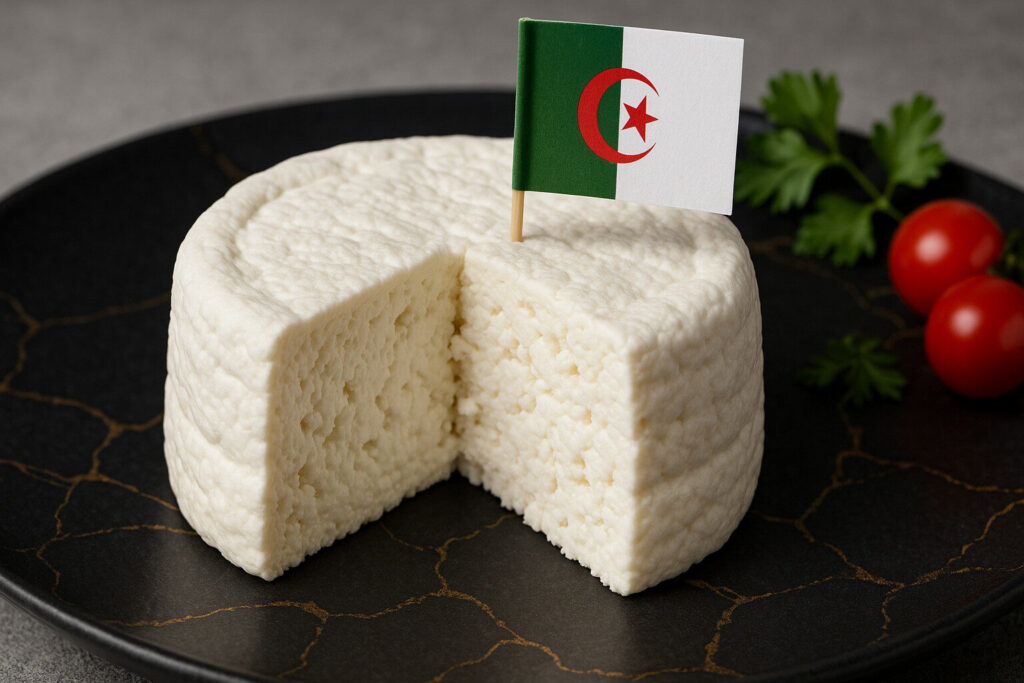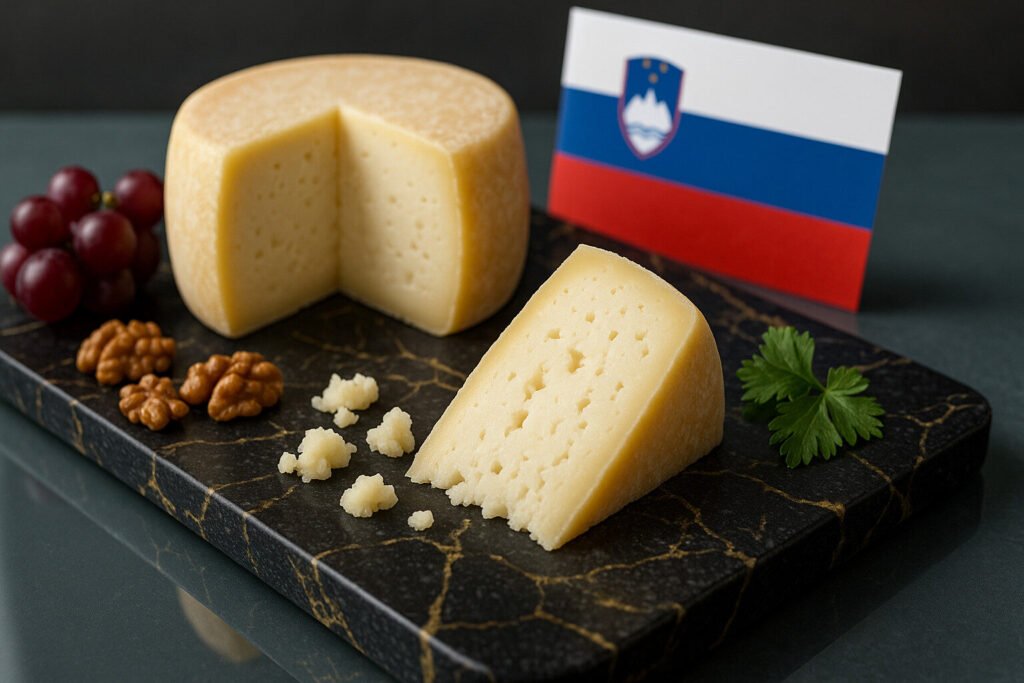Protein Crystals
Definition and Scope
Protein crystals in cheese are microscopic structures formed by the aggregation of casein proteins during the aging process. These crystalline formations develop as moisture evaporates and calcium phosphate precipitates within the cheese matrix. They are most commonly observed in aged, hard cheeses like Parmigiano-Reggiano and aged Gouda.
The presence of protein crystals indicates proper maturation and contributes to cheese classification by texture. These crunchy inclusions range from barely perceptible to distinctly sandy depending on their size and concentration. Cheese scientists study these crystals to understand protein behavior during ripening and quality control.
Production and Formation
Protein crystal formation begins during cheese making when casein molecules cluster into micelles. As cheese ages, these micelles gradually break down and reassemble into crystalline structures. The process accelerates in low-moisture cheeses stored at controlled temperatures for extended periods.
Calcium lactate crystals frequently develop on cheese surfaces while tyrosine crystals form internally. Manufacturers can influence crystal development through specific aging conditions, humidity control, and turning frequency. Some producers deliberately encourage crystal formation to enhance textural complexity.
Sensory Characteristics
Protein crystals provide a distinctive crunchy texture that contrasts with the surrounding creamy cheese matrix. When tasted, these crystals produce a slight granular sensation without adding flavor. The size and distribution of crystals directly affect the perceived texture quality.
Consumers often describe the sensation as similar to fine sand or sugar crystals. In premium aged cheeses, well-distributed crystals are considered a mark of quality and proper aging. The auditory component of crushing crystals between teeth adds to the multisensory experience.
Culinary Applications
Cheeses with prominent protein crystals are particularly valued for grating over pasta, soups, and salads. The crystalline structure helps create fine, consistent grating results that distribute evenly across dishes. These cheeses maintain their structural integrity when heated, making them ideal for baked applications.
Professional chefs utilize crystalline cheeses where textural contrast enhances the dining experience. The crystals provide visual interest when cheese is served on charcuterie boards or as part of cheese presentations. Food scientists study how these crystals affect melting behavior and functional properties in cooked dishes.
Notable Examples
Parmigiano-Reggiano consistently develops tyrosine crystals that appear as white specks throughout its granular paste. These crystals become more pronounced after 24 months of aging and contribute to its famous crumbly texture. The European Union’s PDO status requires specific aging conditions that promote this crystalline development.
Aged Gouda varieties develop both calcium lactate and tyrosine crystals that create their characteristic crunch. Swiss Sbrinz and Italian Pecorino Romano also exhibit significant protein crystallization after extended aging. Artisanal producers in various regions have developed techniques to optimize crystal formation according to traditional methods.




